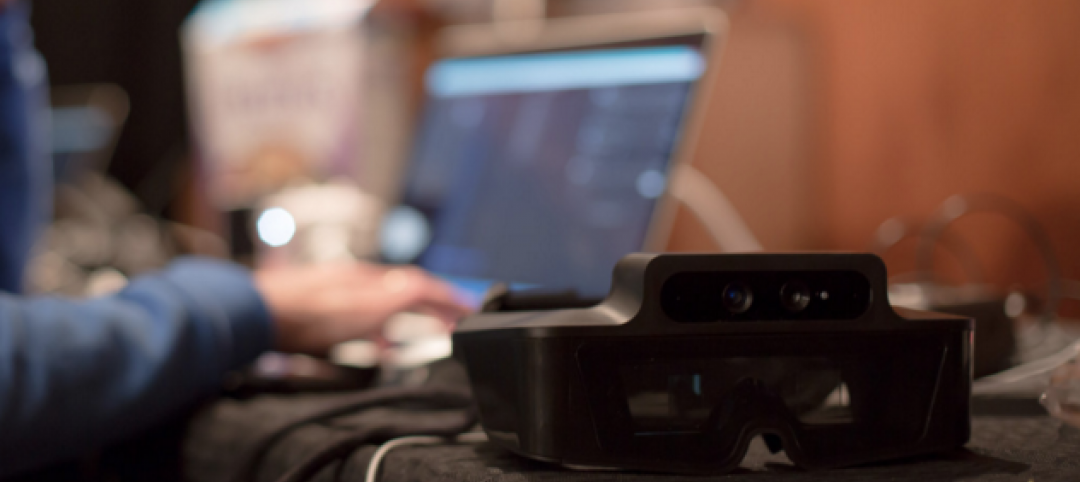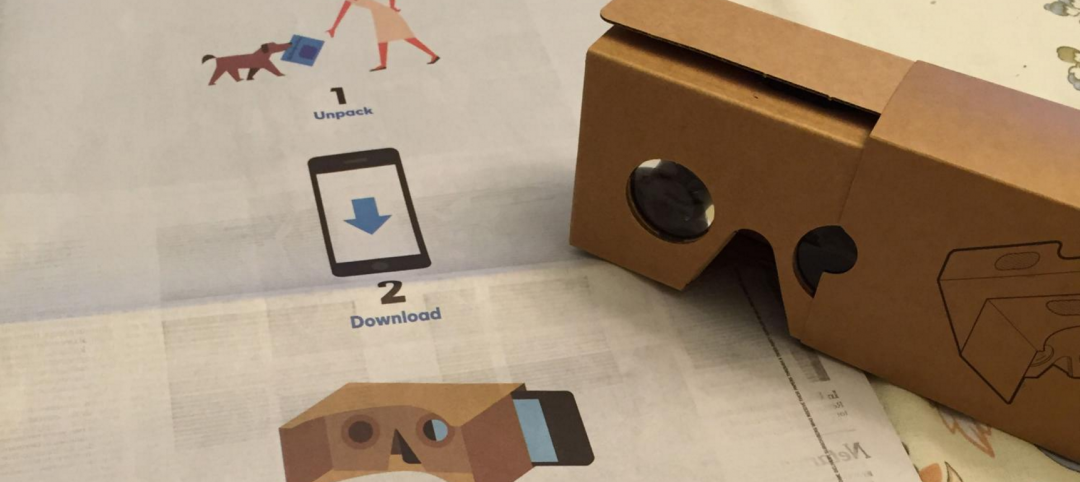Regardless of the sport, luxury box seats and seats in close proximity to the field of play always command the highest ticket prices. But when it comes to the increasingly popular field of competitive gaming, or eSports, the model for a premium seat needs to be rethought. The action is happening in a digital world on screens, so fans don’t care about their proximity to the main stage.
Luxury boxes don’t have the same appeal either. “In many of the events now, they don’t even utilize the suites because there isn’t enough demand,” says Brian Mirakian, Senior Principal with Populous and Director of the firm’s fan experience design practice, Populous Activate. “They’ll actually use the suites for the teams and families that are flying in from all over the world.”
ALSO READ: Gamers paradise: The rise of eSports Arenas
The key to this new type of premium seat for the eSports world is immersion. In order to get fans to pay up, the experience needs to immerse the user into the actual competition.
Populous is exploring biometric seating technology that utilizes a combination of displays and AR/VR technologies to place fans in the action. The seats are equipped with speakers that provide a direct link into a given team’s insider communications during a match. An environmental haptic system registers the competitors’ heart rate during competitive play, and a data analysis console feeds important stats in real-time. The seats feature other neat gadgets, like a biometrics analyzer and temperature-controlled seating panels.
The goal of these high-tech seating pods is to offer an experience that cannot be attained anywhere else. They blur the line between the real world and the gaming world, and make fans feel as though they are not just entering an eSports arena, but an entirely new digital world, one where they are shoulder to shoulder with the world’s best gamers.
Related Stories
Augmented Reality | Feb 17, 2016
Startup Meta unveils holographic augmented reality prototype
The startup is an underdog in the AR battle but has a range of investors and fans.
BIM and Information Technology | Jan 27, 2016
Seeing double: Dassault Systèmes creating Virtual Singapore that mirrors the real world
The virtual city will be used to help predict the outcomes of and possible issues with various scenarios.
Augmented Reality | Jan 19, 2016
Will Generation Virtuals' office be a pair of glasses?
A waning need for office buildings may be on the horizon, thanks to the possibility of working remotely via new technologies like Google Cardboard, writes HDR's Rachel Park.









